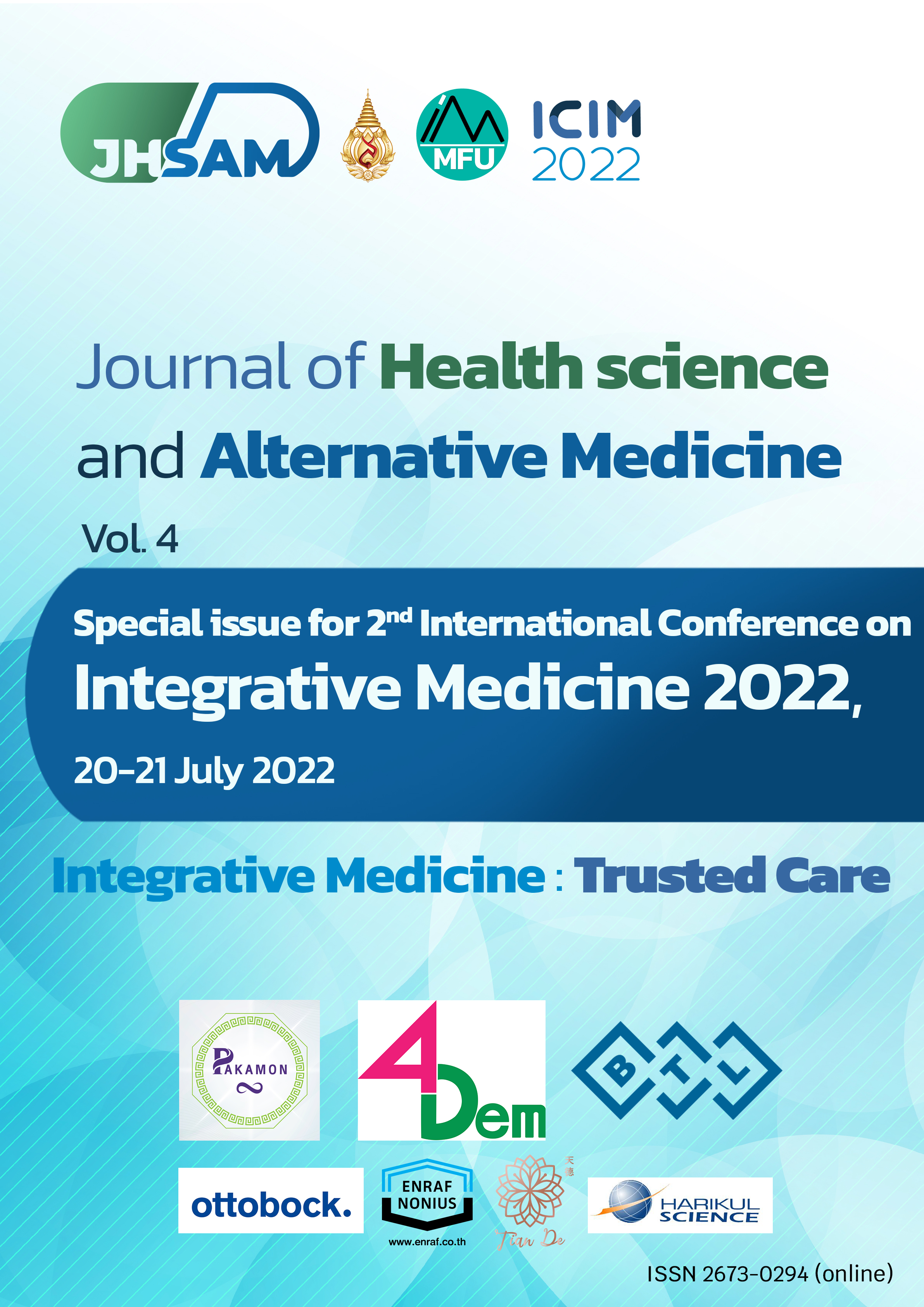A02. Impact of Scoliosis on Gait Characteristics: A Case Study of A Child with Spastic Diplegic Cerebral Palsy
Main Article Content
Abstract
Introduction: Neuromuscular scoliosis is a common musculoskeletal problem for people with cerebral palsy. Neuromuscular scoliosis develops due to poor muscle control and spasticity. Scoliosis is not only a spinal deformity, but also possibly leads to the development of gait pathology and impact on postural control and the quality of life.
Objective: To verify the impact of scoliosis on gait characteristics of a child with spastic cerebral palsy.
Methods: To comply with the proposed objectives, three children with spastic diplegic cerebral palsy, GMFCS level III, participated in this study. One case was a 12-years old with scoliosis, and another two cases were boys without scoliosis, aged 7 and 8 years. The participants performed a 10-Meter Walk Test. The main outcome variables including gait cycles, gait speed, cadence, and stride length were measured by OPAL accelerometer, which were analyzed using Mann-Whitney U Test.
Results: The results showed no difference in gait speed, cadences, and stride length among the child with spastic diplegic cerebral palsy with and without scoliosis. However, for the gait cycles, the stance phase and double support of the child with scoliosis trended to be longer than those without scoliosis.
Conclusion: Further investigations are certainly need to assess the impact of scoliosis on gait characteristics in children with spastic cerebral palsy.
Article Details

This work is licensed under a Creative Commons Attribution-NonCommercial-NoDerivatives 4.0 International License.
JHSAM publishes all articles in full open access, meaning unlimited use and reuse of articles with appropriate credit to the authors.
All our articles are published under a Creative Commons "CC-BY-NC-ND 4.0". License which permits use, distribution and reproduction in any medium,
provided that the original work is properly cited and is used for noncommercial purposes.
References
-

